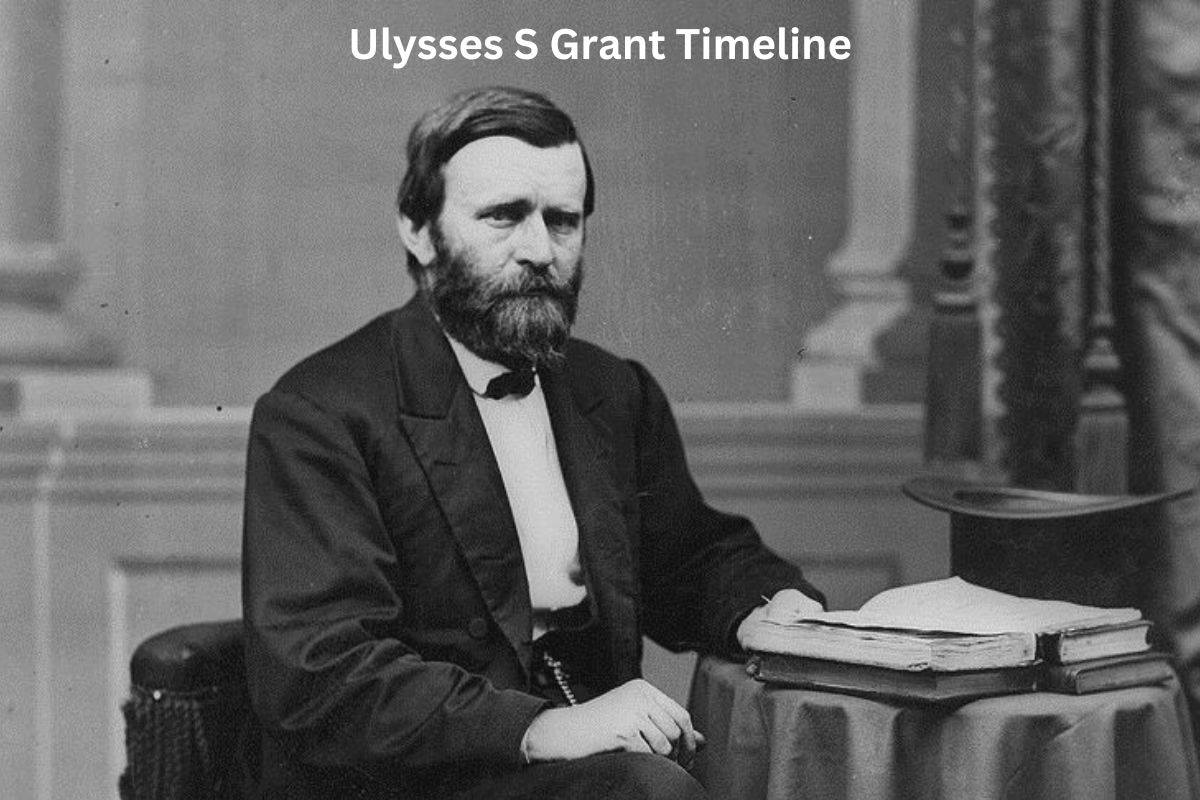Ulysses S. Grant, born in 1822, was a prominent figure in American history, known for his remarkable journey from a modest background to becoming the 18th President of the United States.
His life was marked by a series of significant events, including his military leadership during the American Civil War, his presidency during the tumultuous years of Reconstruction, and his enduring legacy as the author of acclaimed memoirs.
In this timeline, we will explore the key milestones and achievements that shaped Ulysses S. Grant’s extraordinary life and career.
| Year | Event |
|---|---|
| 1822 | Ulysses S. Grant is born in Point Pleasant, Ohio. |
| 1839 | Grant enters the United States Military Academy at West Point. |
| 1843 | Graduates from West Point and is commissioned as a second lieutenant in the U.S. Army. |
| 1846-1848 | Serves in the Mexican-American War and distinguishes himself for bravery and leadership. |
| 1848-1854 | Serves in various posts in the U.S. Army and marries Julia Dent. |
| 1854-1859 | Resigns from the military due to personal issues and works in civilian jobs. |
| 1861 | Returns to military service at the start of the American Civil War. |
| 1862 | Captures Fort Henry and Fort Donelson; leads at the Battle of Shiloh. |
| 1863 | Captures Vicksburg, Mississippi. |
| March 1864 | Appointed Lieutenant General, commanding Union forces in the Civil War. |
| 1864-1865 | Engages in campaigns against General Robert E. Lee. |
| April 1865 | General Lee surrenders at Appomattox Court House, effectively ending the Civil War. |
| 1866 | Promoted to General of the Army. |
| 1868 | Elected as the 18th President of the United States, serving two terms. |
| 1869-1877 | Presidency marked by civil rights efforts and Reconstruction challenges. |
| 1881 | Embarks on a world tour. |
| 1884 | Publishes successful memoirs. |
| July 1885 | Dies of throat cancer in Mount McGregor, New York. |
| 1886 | Interred in a mausoleum in New York City’s Riverside Park, now known as Grant’s Tomb. |
Timeline of Ulysses S Grant
April 27, 1822: Birth of Ulysses S. Grant
Ulysses S. Grant was born in Point Pleasant, Ohio, to Jesse Root Grant and Hannah Simpson Grant. He was born Hiram Ulysses Grant but later adopted the name Ulysses S. Grant after a clerical error when he entered the United States Military Academy at West Point.
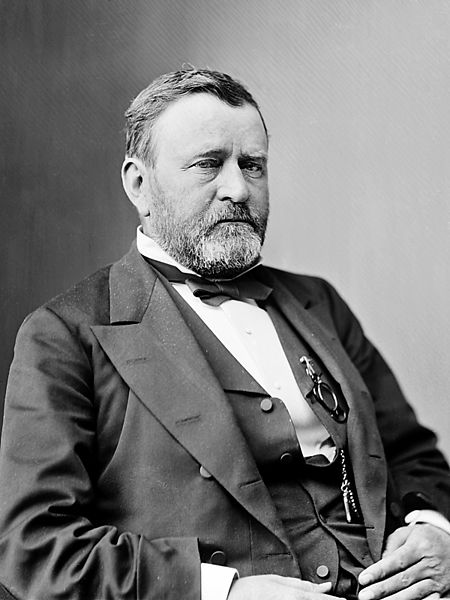
1839: Admission to West Point
In 1839, Grant was admitted to the United States Military Academy at West Point. At West Point, he excelled in horsemanship and showed promise as a military leader. Despite finding the academic aspects challenging, he graduated in 1843.
1843: Commission as a Second Lieutenant
After graduating from West Point, Grant was commissioned as a second lieutenant in the U.S. Army. He served in various capacities and locations during the early years of his military career, including in Missouri and Louisiana.
1846-1848: Service in the Mexican-American War
Grant’s military career gained momentum during the Mexican-American War (1846-1848). He served under General Zachary Taylor and later General Winfield Scott.
During this conflict, he demonstrated his bravery and leadership abilities in several battles, earning praise for his actions at the Battle of Palo Alto and the Battle of Chapultepec.
1848-1854: Post-War Assignments and Marriage
After the Mexican-American War, Grant continued to serve in the U.S. Army, though he was often stationed far from his family. In 1848, he married Julia Dent, the daughter of a Missouri plantation owner.
They had a loving and enduring marriage, and together they had four children: Frederick, Ulysses Jr., Ellen, and Jesse. Grant’s military assignments during this period included duty in Detroit and Sackets Harbor, New York.
1848: Marriage to Julia Dent
In 1848, Ulysses S. Grant married Julia Dent, a woman he had met during his time stationed in Missouri. Julia came from a slave-owning family, and her support would later influence Grant’s views on slavery and the Civil War.
They had a strong and enduring marriage that lasted until Grant’s death, and they had four children together.
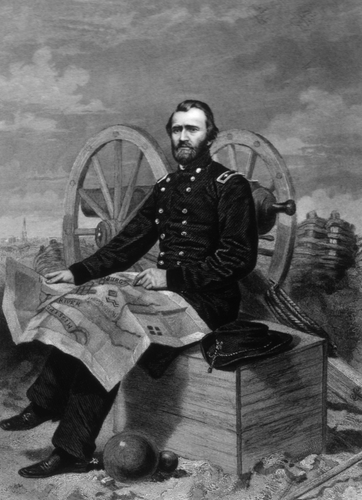
1854-1859: Resignation from the Army and Civilian Life
In 1854, after a period of personal difficulties and struggles with alcohol, Grant resigned from the U.S. Army.
He struggled to make a living for his family and took on various civilian jobs, including farming and working in his father’s leather goods store in Illinois. This period marked a challenging time in Grant’s life as he faced financial hardships.
1861: Return to Military Service
When the American Civil War began in 1861, Grant returned to military service. He offered his services to the Union cause and was appointed as a colonel in the Illinois Volunteer Infantry. His military experience and leadership skills would soon become evident as he embarked on his Civil War career.
1862: Early Successes in the Civil War
In 1862, Grant achieved notable success in the Western Theater of the Civil War. He captured Fort Henry and Fort Donelson in Tennessee, which opened up a strategic route along the Tennessee and Cumberland Rivers. These victories earned him recognition and the nickname “Unconditional Surrender” Grant.
April 6-7, 1862: Battle of Shiloh
Grant’s leadership was put to the test at the Battle of Shiloh in April 1862. It was a costly battle with heavy casualties on both sides, but ultimately, Grant’s determination and ability to hold his ground allowed Union forces to win the battle.
Also Read: Timeline of the Battle of Shiloh
Although criticized for the high casualty rates, Grant’s aggressive tactics were seen as a reflection of his commitment to defeating the Confederacy.
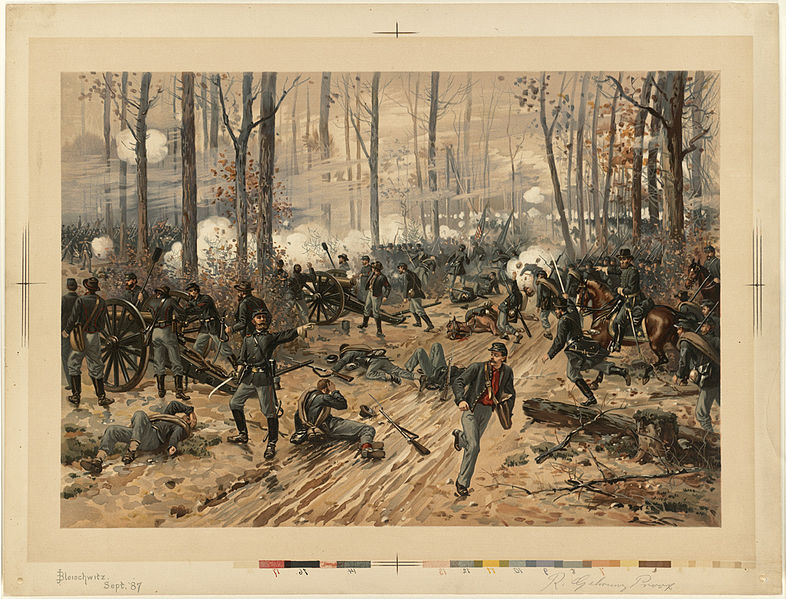
1863: Capture of Vicksburg
In 1863, Ulysses S. Grant achieved one of his most significant military successes during the American Civil War by capturing the Confederate stronghold of Vicksburg, Mississippi.
The campaign to capture Vicksburg was a strategic priority for the Union because it controlled access to the Mississippi River.
After a prolonged siege and a successful series of maneuvers, Grant’s forces forced the surrender of Vicksburg on July 4, 1863. This victory effectively split the Confederacy in two and was a turning point in the war.
March 9, 1864: Appointment as Lieutenant General
On March 9, 1864, Ulysses S. Grant was appointed as the Lieutenant General of the U.S. Army by President Abraham Lincoln. This appointment made him the highest-ranking officer in the U.S. Army and gave him overall command of all Union forces.
Grant’s leadership was now crucial as he coordinated the Union’s efforts to bring the Civil War to a successful conclusion.
1864-1865: Campaigns Against General Robert E. Lee
From 1864 to 1865, Ulysses S. Grant engaged in a series of campaigns against General Robert E. Lee and the Confederate Army of Northern Virginia.
These campaigns included the Overland Campaign and the Siege of Petersburg. Grant’s strategy focused on wearing down Lee’s army through continuous battles and sieges while preventing Lee from receiving reinforcements or supplies.
Although the battles were costly, Grant’s persistence and resources eventually led to the weakening of Lee’s forces.
April 9, 1865: Surrender of General Robert E. Lee
On April 9, 1865, General Robert E. Lee surrendered to General Ulysses S. Grant at Appomattox Court House in Virginia. This surrender effectively marked the end of the American Civil War.
Grant’s magnanimous terms of surrender allowed Confederate soldiers to return home without facing prosecution for treason, and he provided them with food for their hungry and defeated troops.
Grant’s conduct during this pivotal moment demonstrated his commitment to restoring peace and unity to the nation.
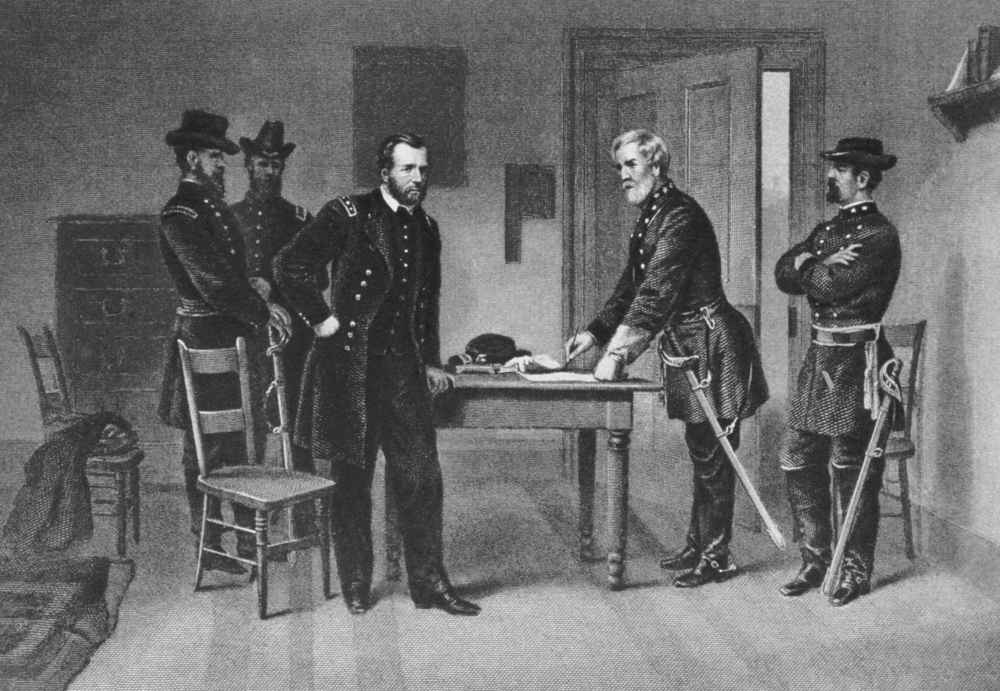
1866: Promotion to General of the Army
In recognition of his exceptional leadership during the Civil War, Ulysses S. Grant was promoted to the rank of General of the Army of the United States in 1866.
This position was created specifically for Grant and made him the highest-ranking military officer in the nation’s history at that time. It reflected his pivotal role in preserving the Union and defeating the Confederacy.
1868: Election as the 18th President of the United States
In 1868, Ulysses S. Grant was elected as the 18th President of the United States. He ran as a Republican and won the presidency in a landslide victory.
Grant’s popularity was largely due to his military achievements during the Civil War, and he campaigned on a platform of ensuring the rights of newly freed African Americans in the South and promoting national unity during the Reconstruction era.
1869-1877: Presidency and Reconstruction
Ulysses S. Grant served two terms as President of the United States, from 1869 to 1877. His presidency was marked by efforts to address the challenges of Reconstruction in the South following the Civil War.
Grant pushed for civil rights for African Americans and worked to enforce the 14th and 15th Amendments to the U.S. Constitution, which granted equal protection under the law and voting rights to African American citizens.
1881: World Tour
After leaving the presidency, Grant embarked on a world tour in 1881. He and his wife, Julia, traveled to several countries, including England, France, Italy, Egypt, and Asia.
The tour was both a personal adventure and a way to escape financial difficulties that had arisen from failed investments.
1884: Publication of Memoirs
In 1884, Ulysses S. Grant published his memoirs, titled “Personal Memoirs of Ulysses S. Grant.” The memoirs were written as Grant battled terminal throat cancer, and he completed them just days before his death.
The memoirs received critical acclaim for their clear and concise writing style and their insights into the Civil War. They became a commercial success and provided financial security for Grant’s family.
July 23, 1885: Death of Ulysses S. Grant
Ulysses S. Grant passed away on July 23, 1885, at the age of 63, in Mount McGregor, New York. He had been battling throat cancer for some time, and his condition had worsened.
Grant’s death was met with widespread mourning across the United States, and his funeral procession in New York City was attended by thousands.
1886: Interment in Grant’s Tomb
Ulysses S. Grant was interred in a mausoleum in New York City’s Riverside Park. This mausoleum is now known as Grant’s Tomb and serves as the final resting place for both Ulysses S. Grant and his wife, Julia Dent Grant. Grant’s Tomb is the largest tomb of any U.S. president and is a National Monument.
